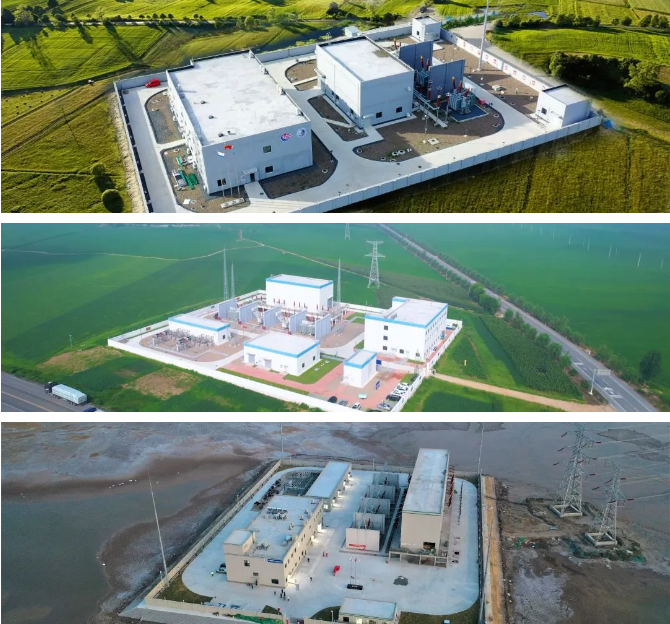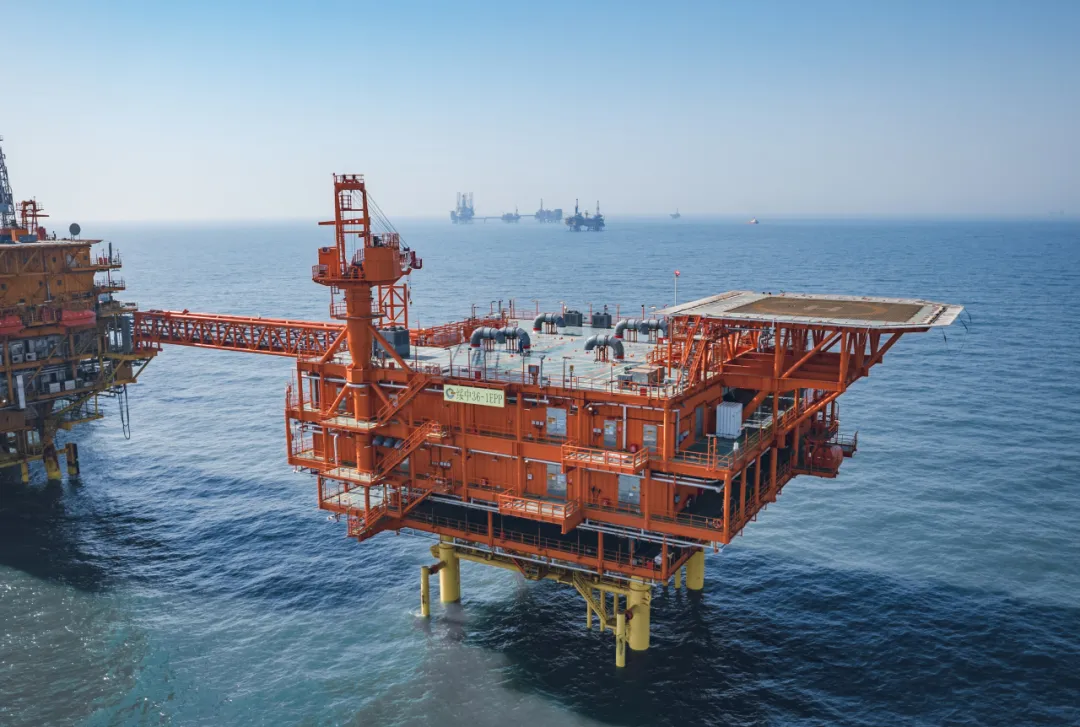On November 27, the work of line switching and power transmission at the 220-kilovolt substation “Wanyou Station” was completed as part of the third phase of the Bohai Oilfield Shore Power Application Project, the Suizhong-Jinzhou Oilfield Cluster Shore Power Application Project (referred to as “Liaoning Shore Power”). So far, Liaoning Shore Power has been fully put into use.

This move marks the completion of the Bohai Oilfield shore power application engineering projects, including Hebei shore power, Shandong shore power and Liaoning shore power.
“Shore power to sea” refers to the transmission of electricity from the land power grid to offshore oil and gas fields through submarine high-voltage cables for use in oil and gas development and production. Compared with the traditional self-generated electricity from offshore oil industry platforms, shore power has many advantages such as greenness and stability, and is of great significance to the construction of an integrated “big power grid” pattern in the Bohai Sea region and the optimization of the energy structure.
Behind the change in power supply mode is the profound transformation of energy consumption in the offshore oil industry. In addition, the infrastructure construction driven by the shore power application project has built an “interconnected” foundation for the comprehensive intelligentization of offshore oil and gas production, and has written a new chapter in the integration of “green” and “smart”.

China National Offshore Oil Corporation (CNOOC) has strategically leveraged opportunities for increasing reserves and production while focusing on green and low-carbon development. The company is seeking the optimal balance between increasing output (“doing addition”) and reducing carbon emissions (“doing subtraction”). Following the overall planning approach of “overall deployment, phased implementation, combining new and existing methods, and leading with demonstrations,” CNOOC is implementing the shore power application project in the Bohai Oilfield in three phases.
The first phase of Hebei shore power and the second phase of Shandong shore power were completed and put into operation in 2021 and 2022 respectively. At present, the third phase of Liaoning shore power is fully operational, marking the successful completion of the Bohai Oilfield Shore Power Application Project. The shore power application project has covered 7 oilfield clusters in Bohai and more than 150 offshore platforms, and built a regional power supply network from south to north in Bohai Bay, with a large-scale transmission capacity of up to 980 megawatts.
“Shore power to sea” has helped the Bohai Oilfield build a new offshore oil and gas field power grid with offshore oil characteristics and multi-energy complementarity. The offshore oilfields that use shore power have completely changed the self-generation model and leapfrogged the process of clean energy replacement in offshore oil and gas fields.

According to the design scale, the Bohai Oilfield shore power application project can save 1 million tons of standard coal and reduce carbon dioxide emissions by nearly 1.75 million tons in the peak year of electricity consumption, which is equivalent to planting 175 million trees. As the proportion of renewable energy grid-connected electricity continues to increase, the carbon reduction effect of offshore shore power will become even more significant.
At present, the Bohai Oilfield shore power application project has supplied a total of 4 billion kWh of electricity, of which 1.3 billion kWh is green electricity. China’s largest offshore oilfield has made important progress in its green and low-carbon transformation.


